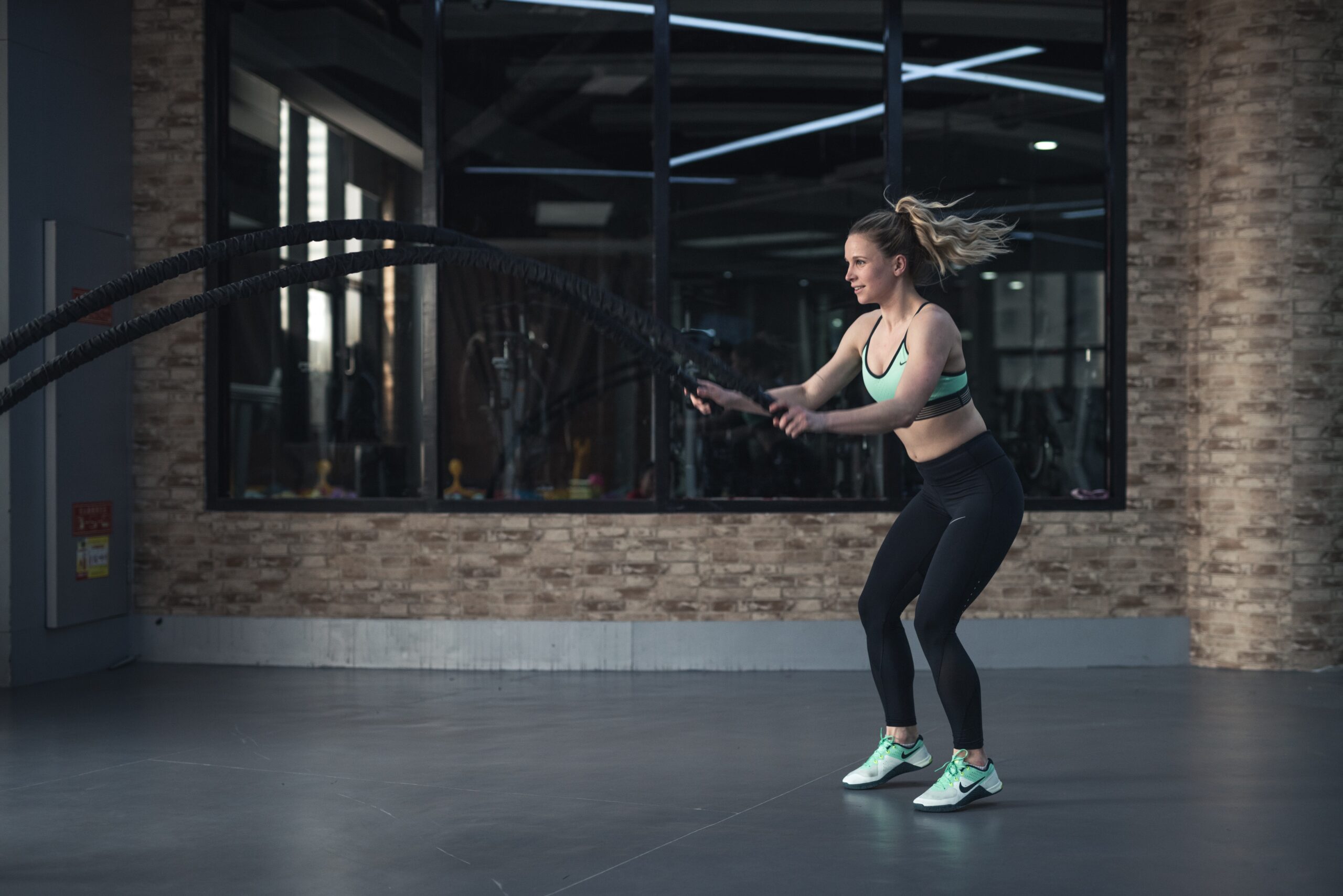Sitting at your desk, and feeling a little tight? Well a quick 5 to 10 minute self-massage may help relax your body. A foam roller is best described as a large “log” made out of foam that helps your muscles warm-up for exercising as well as recover afterward. Self-myofascial release is the clinical term for the self-massage that releases muscle tightness and/or trigger points. Foam rolling works by applying pressure to specific points on your body to aide in fascia release and help return muscles to normal function.
The benefits of foam rolling include:
-Improved circulation
-Increased blood flow
-Release muscle tightness
-Breaks down knots in your muscles
-Reduces pain
Trigger points can be referred to as knots that form in your muscles. A few things that cause trigger points and muscle tightness can include training, certain movement patterns, posture, nutrition, hydration, rest, stress, and many other lifestyle factors. For example sitting at a desk for 8 hours straight may cause knots in your back or soreness in your hips. Our body is designed to compensate the stress we put on it, which include intense workouts and poor posture.
If it is your first time using a foam roller there are a few areas of concentration that may be pointed out due to typical lifestyle functions. These areas can include your latissimus dorsi (Under your armpit), shoulder and pectorals (chest), thoracic spine (back) calves, and glutes (butt). These areas are often tight due to simple daily activities, but with the use of a foam roller, you can relax the muscles, smooth out the knots, and be ready to perform in optimal shape. You may also use your foam roller during warm-ups and cool downs.
Before you roll, you should be aware that there are a few guidelines you can follow that will help ensure a successful foam rolling massage. Beforehand you should be aware drinking water will help keep your tissue hydrated and more elastic during your roll. Make sure you avoid rolling too quickly and over bones. Ideally you should roll multi directional. For the best results, you may combine up and down, side-to-side, and other directions to best release the fascia from your muscles. Take 5 to 10 minutes out of your day to foam roll or talk to a physical therapist for specific recommendations.
References MacDonald, G. Z., Button, D. C., Drinkwater, E. J., & Behm, D. G. (2014). Foam rolling as a recovery tool after an intense bout of physical activity. Med Sci Sports Exerc, 46(1), 131-142.
Boyle, M. (2006). Foam rolling. Training and Conditioning Magazine, E. Frankel, ed. Ithaca, NY: Momentum Media Sports Publishing.
About the Author
John Germaine is a recent graduate of San Jose State University with a BS Degree in Kinesiology. John has been welcomed to the BaySport team as a Physical Therapist Aide. He is looking forward to gaining knowledge about injury prevention and the rehabilitation side of his field. John is also working at Sharks Ice in San Jose as a strength coach.



